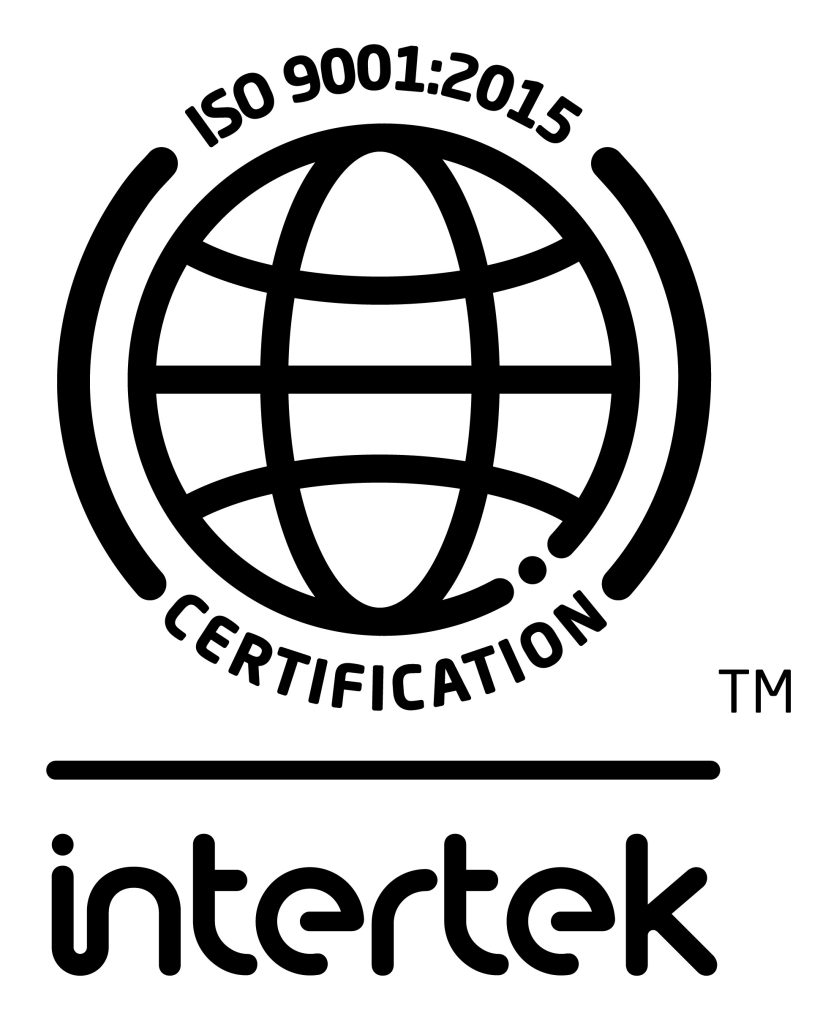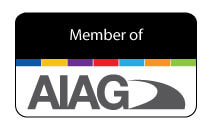Copper as a metal is considered a good conductor of electricity and heat. It is often fortified with several other metals like zinc and nickel, to form alloys to satisfy varied application requirements.
Copper and nickel are hundred percent soluble in each other, creating a range of copper-nickel alloys under the umbrella name Cupronickel.
Although the alloy range is quite vast, only a few grades are considered commercially significant, copper with 10% nickel, with 25% nickel, copper with 30% nickel and with 45 % nickel.
These alloys are most commonly used in sea water-cooled heat exchangers owing to their inherent properties like low corrosion rate, antifouling nature and erosion-corrosion resistance compared to other alloys. Following are a few key benefits of using copper-nickel alloys in several applications.
- From low cryogenic temperature to high temperature, these alloys maintain the same mechanical and thermal properties.
- Through extensive hot working and cold working they can be molded in desired dimensions and sizes with specific mechanical strengths.
- They present a low thermal coefficient of electrical resistivity. In simple terms, these alloys offer minimal electrical resistance variations relative to temperature alterations.
- Several gases like hydrogen chloride, sulfur dichloride and chlorine do not react with copper and nickel alloys. They have great erosion resistance and fouling prevention besides great corrosion resistance in sea water.
- Besides salt water resistance cupronickel alloys are also known for resistance against impingement corrosion, cavitation corrosion and stress corrosion cracking. (SCC).
At Gamma Foundries, we have in-depth knowledge and years of experience to blend copper-nickel alloys and craft products as per the specifications. Our great engineering team backed with sophisticated infrastructure commits to producing copper-nickel alloy products which are durable and impressively affordable.



